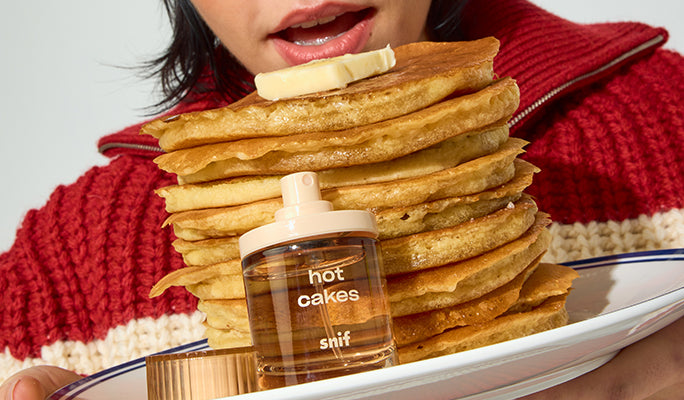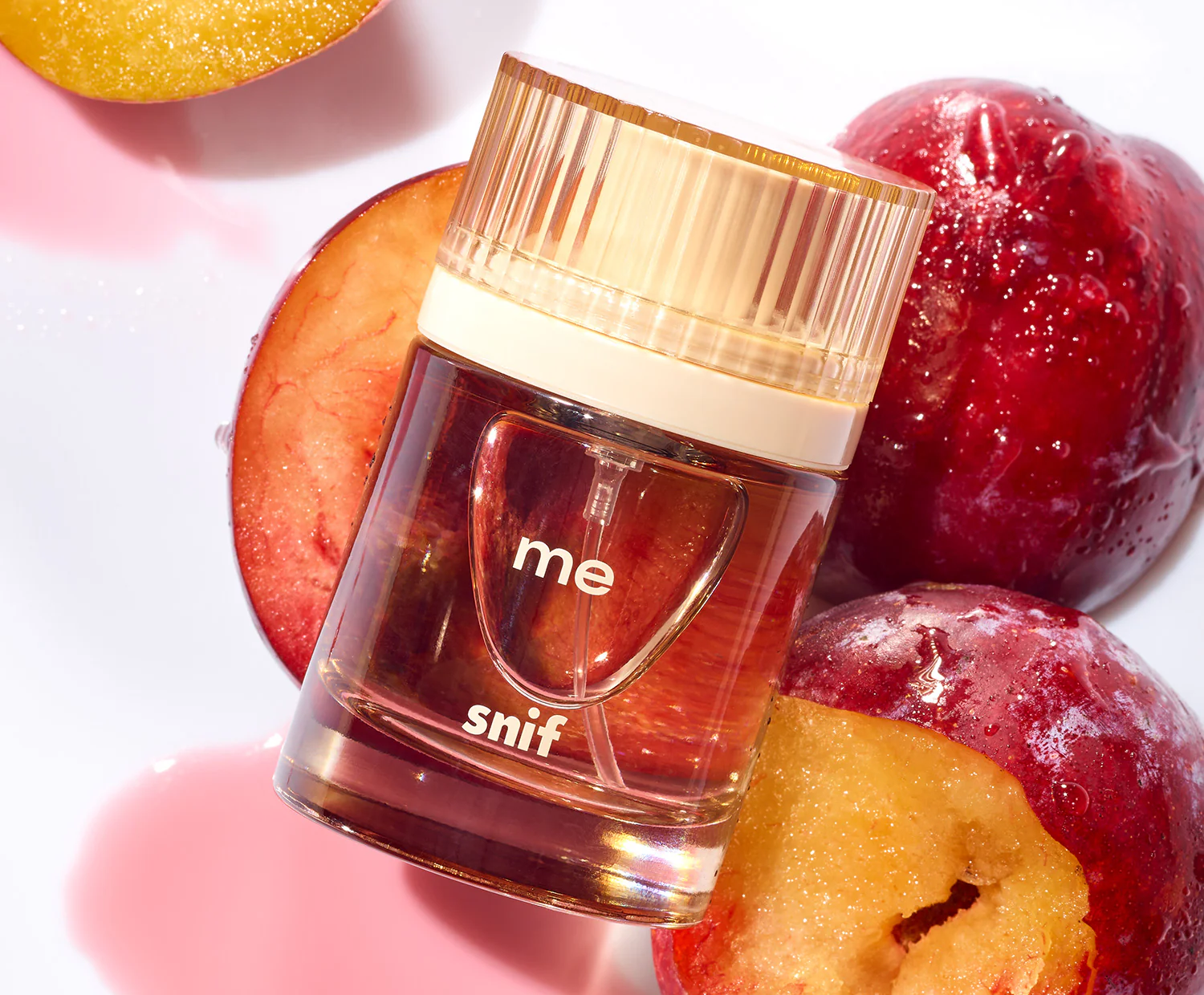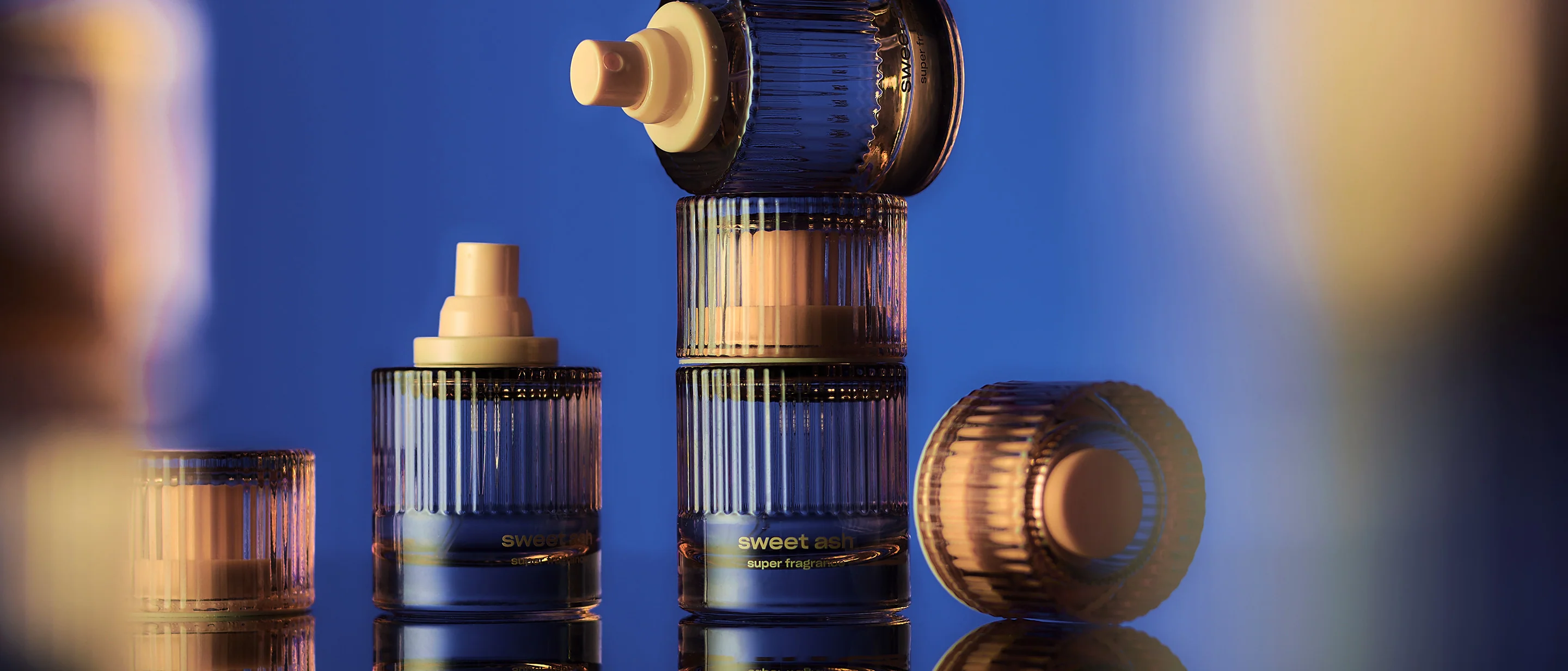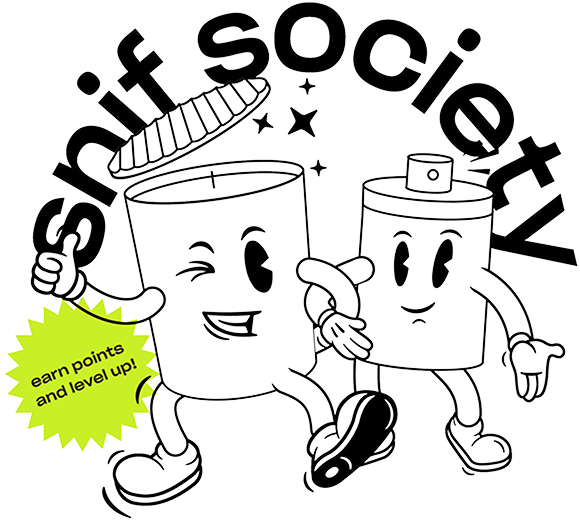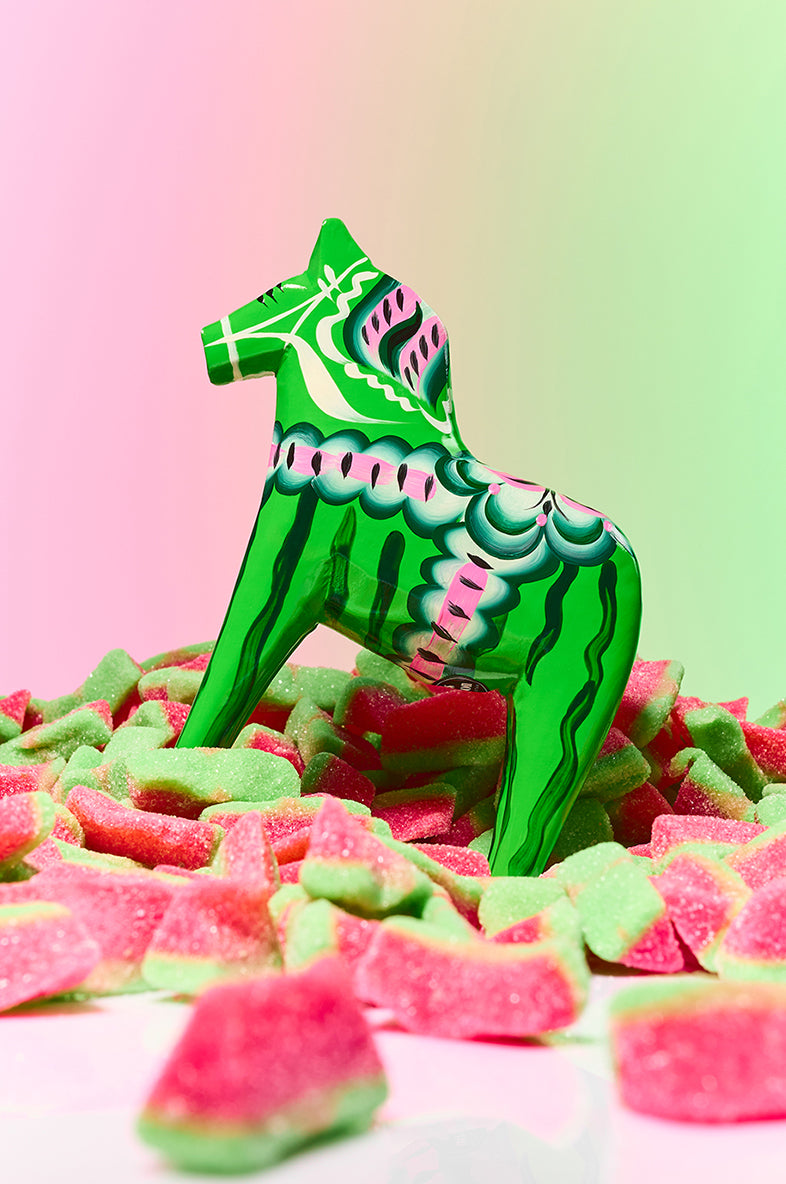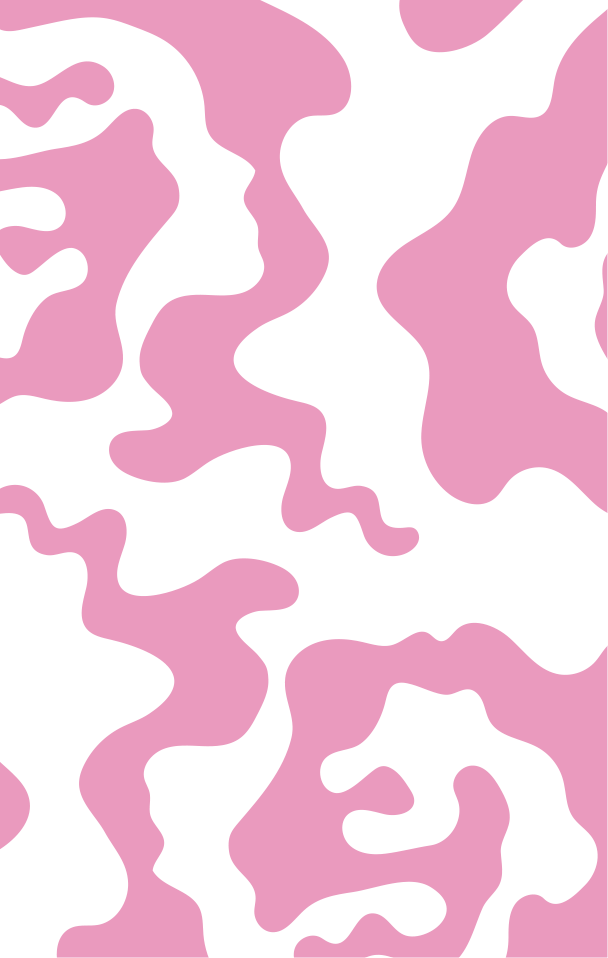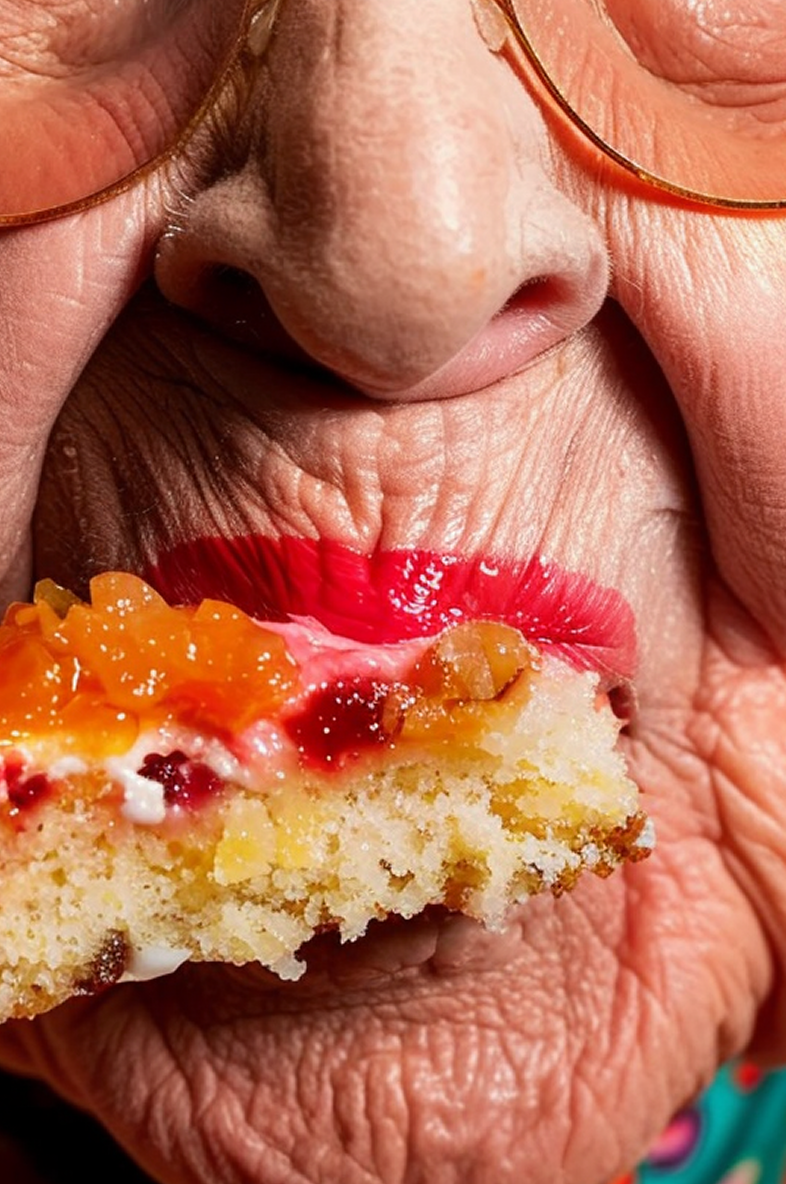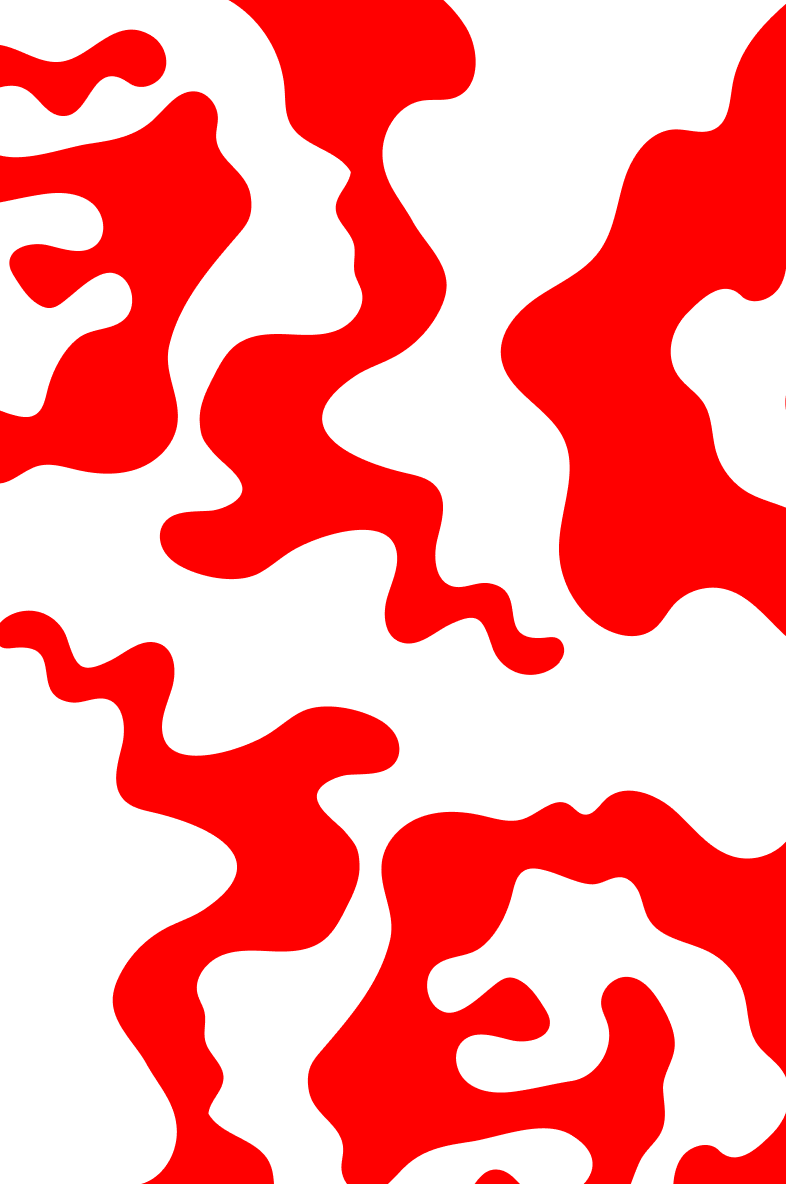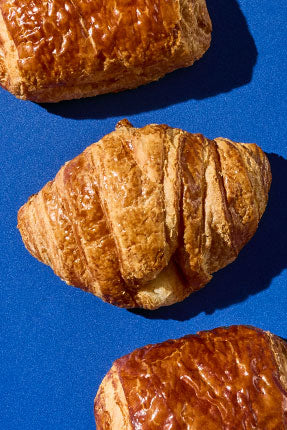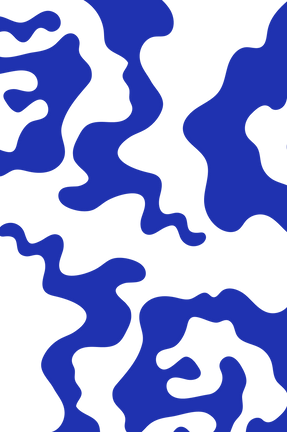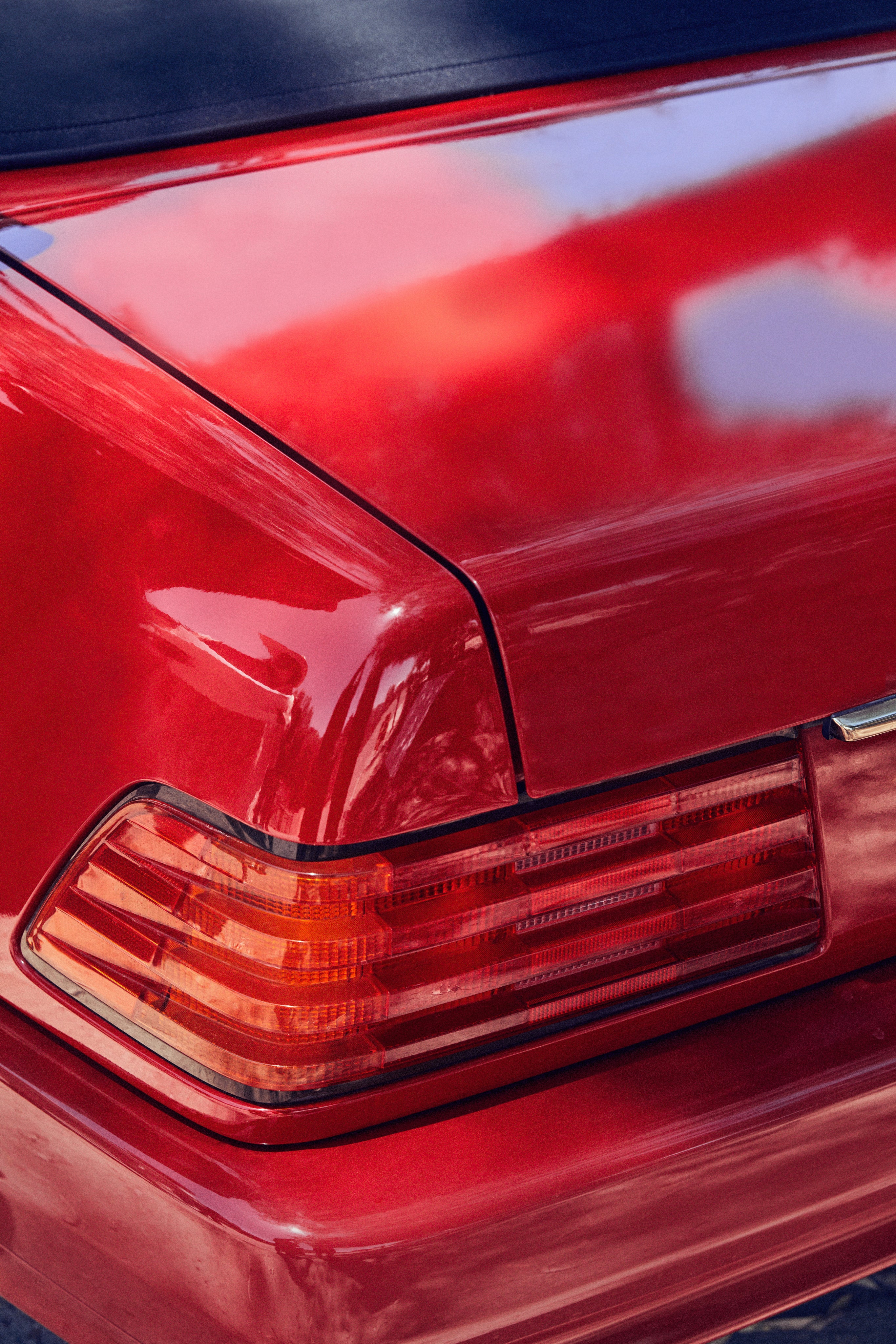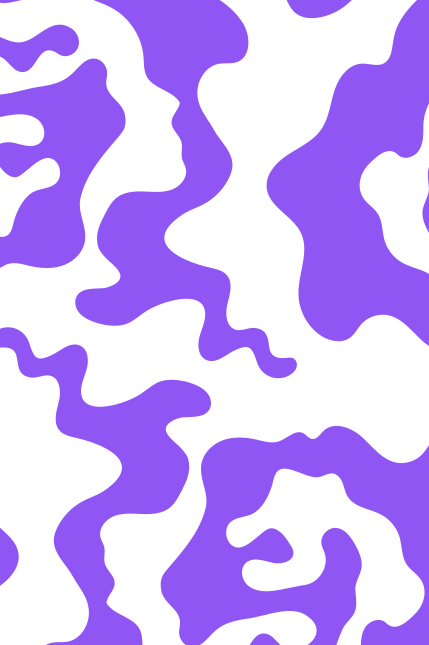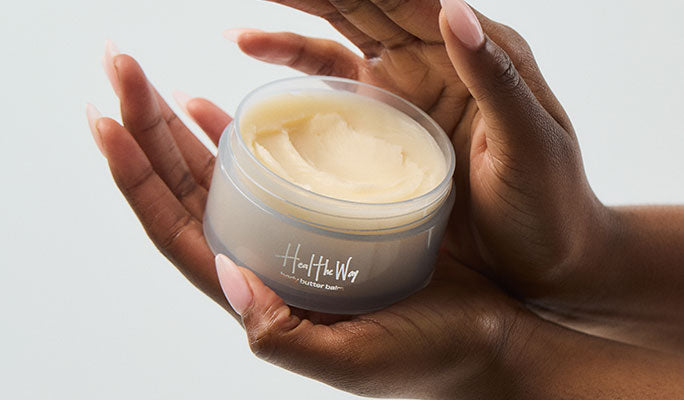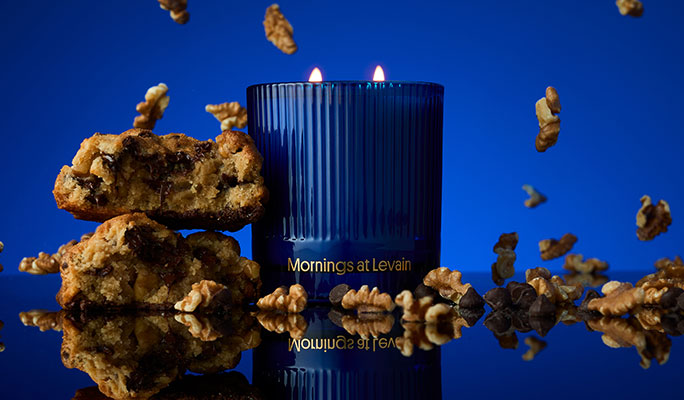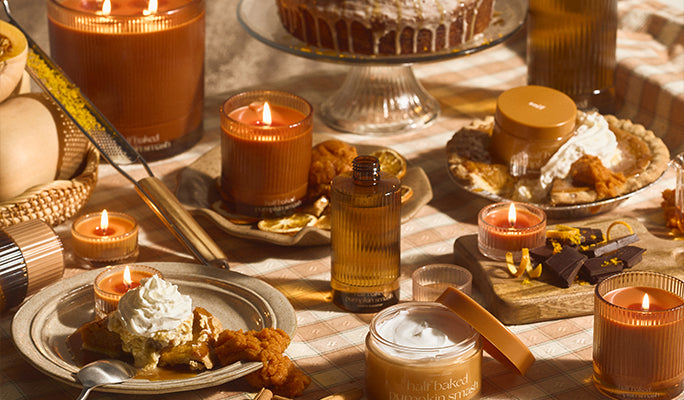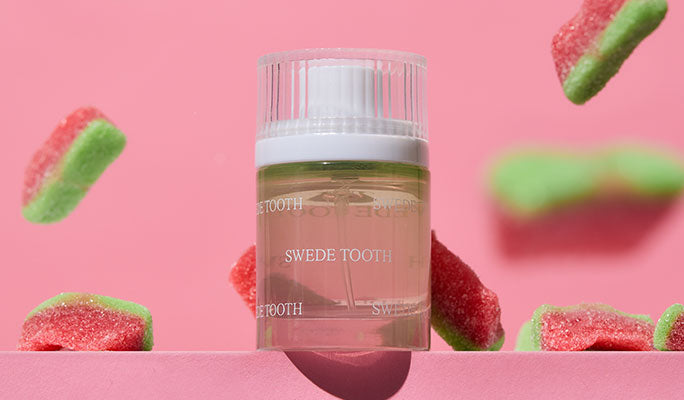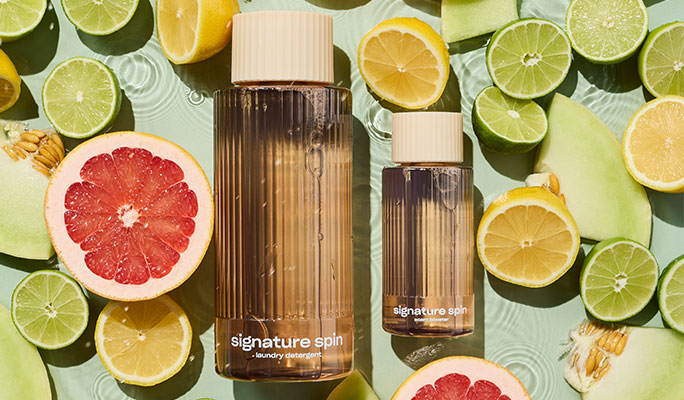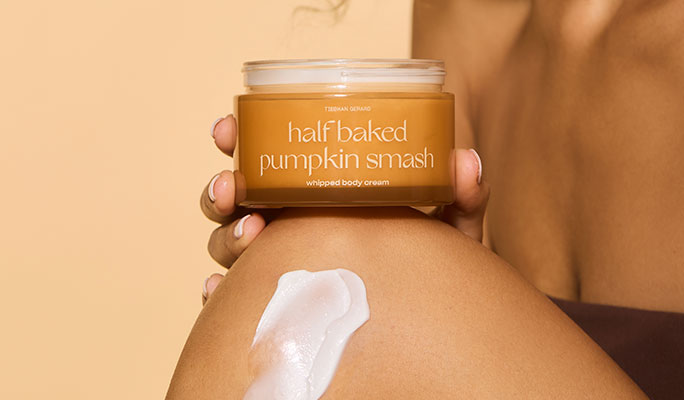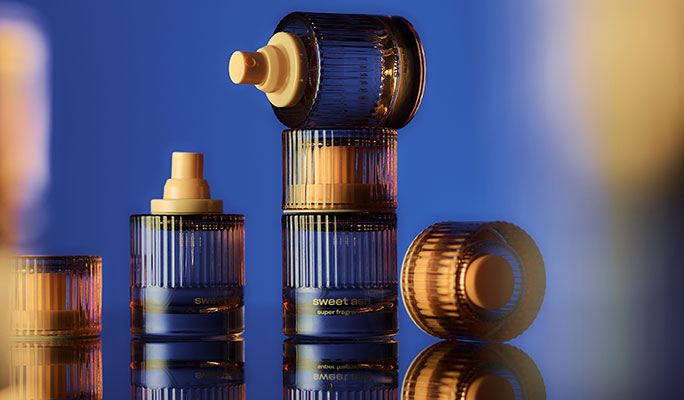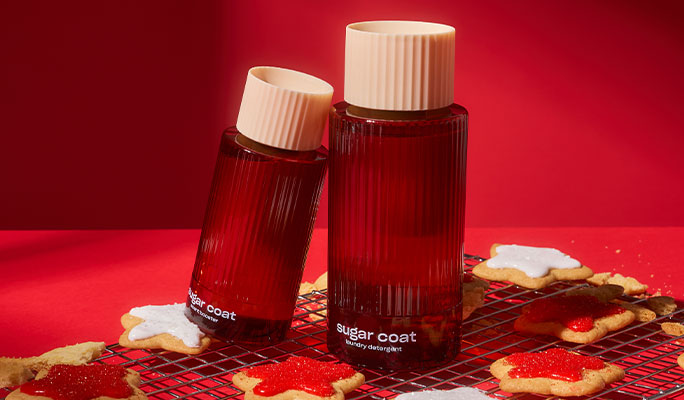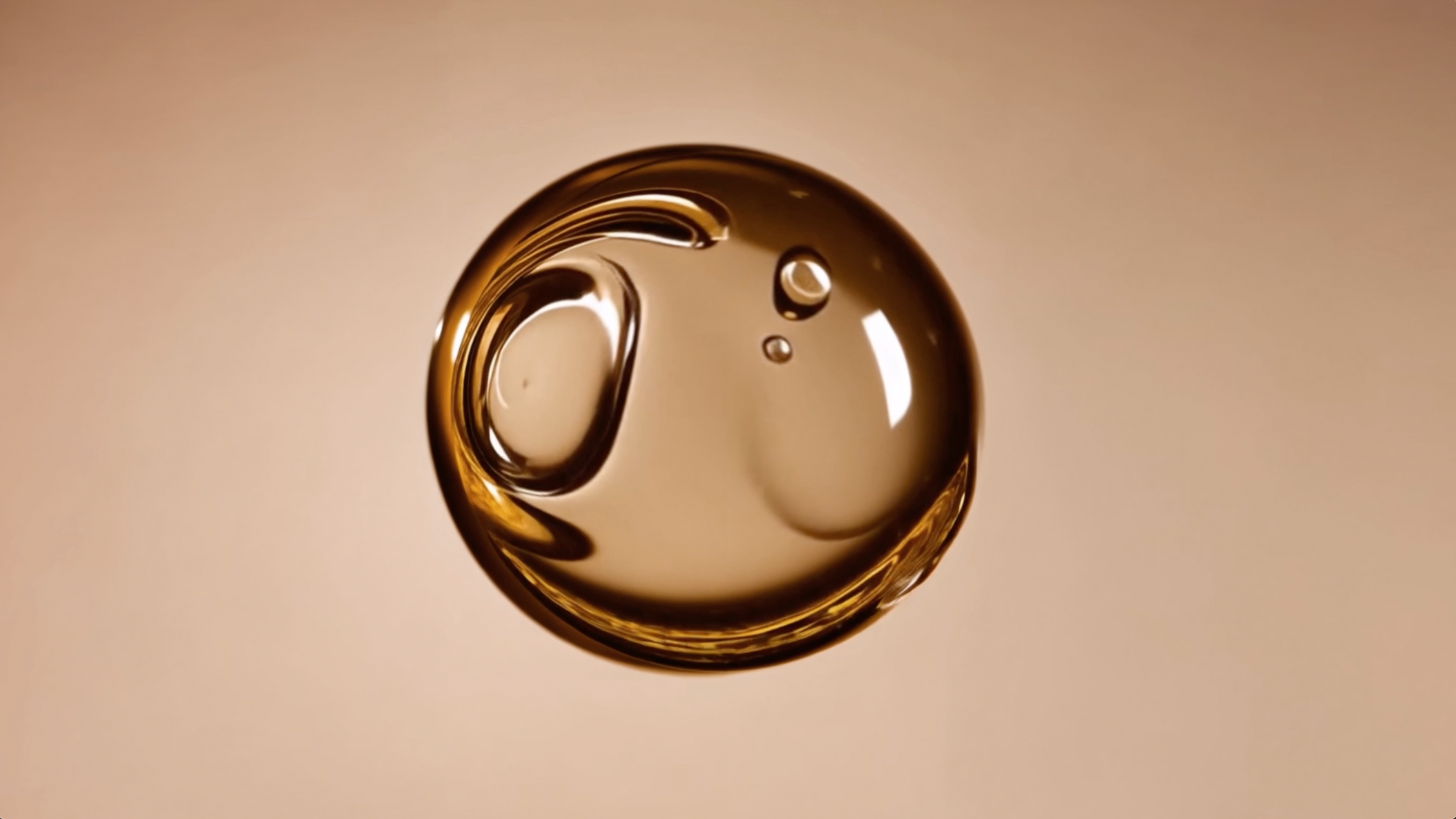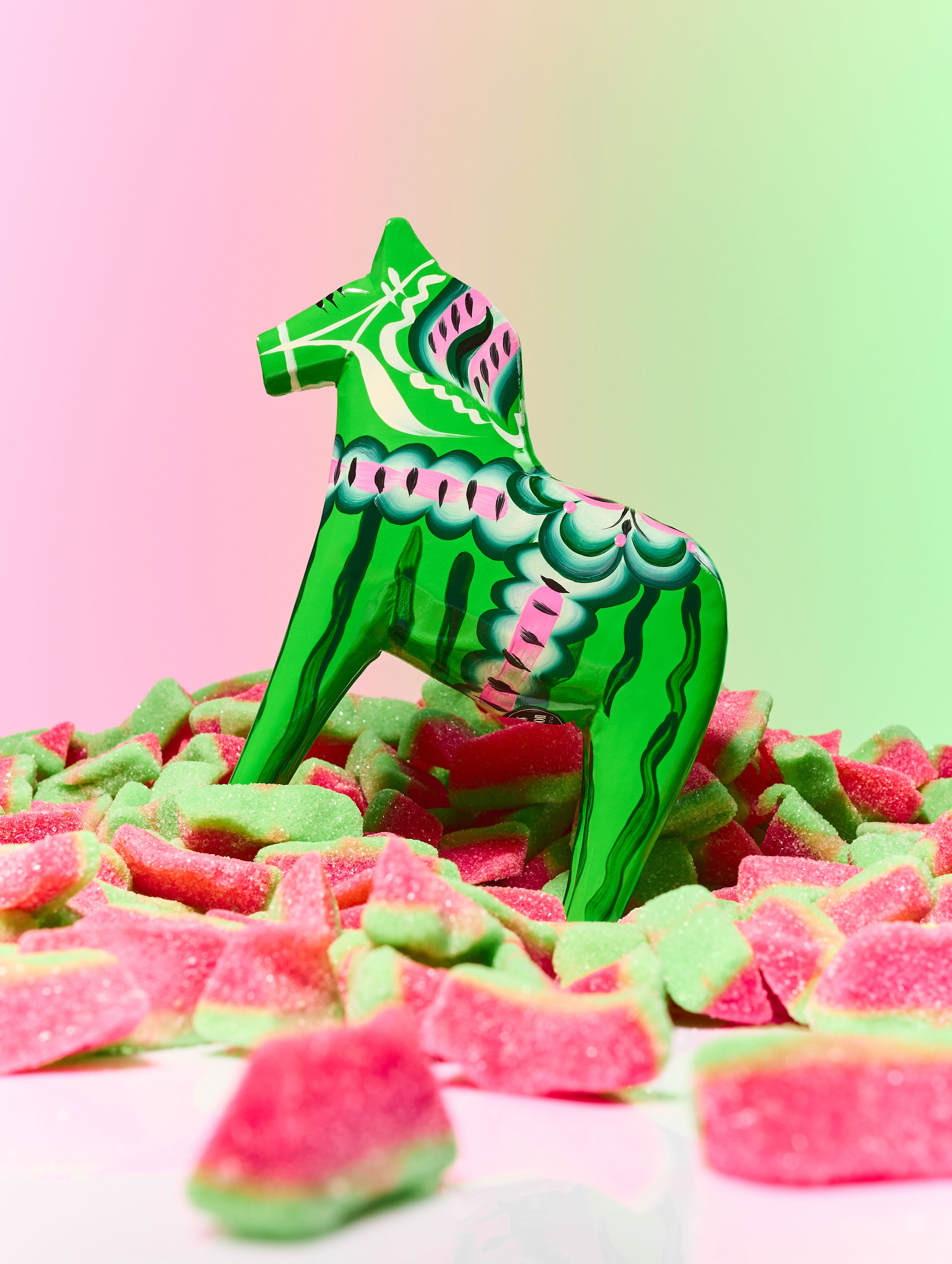Some fragrance ingredients (patchouli, bergamot, grapefruit, and orchid) are so popular outside the world of perfumery that you might immediately have associations with them.
Other fragrances, like ylang ylang, are less common, but are just as beloved when it comes to fragrances. That said, we’re exploring ylang ylang in this guide to understand where this sensual smell comes from and what it pairs well with.
What Is Ylang Ylang?
Before we look into what it smells like and one standout Snif scent that contains ylang ylang, we need to explore what exactly this mysterious ingredient is. Ylang ylang is a star-shaped flower from the Cananga odorata tree, and it’s known for its bright yellow color and shape.
Each ylang ylang flower has two or three long petals that grow downwards. The ylang ylang flowers are always bunched together in groups of 4-12 of the cananga tree, which can grow to be up to 130 feet high. Through a process called steam distillation, ylang ylang essential oil is extracted from the flowers.
Although we can’t be exactly sure, it’s thought that the flower was spread throughout Asia (in countries like India and Malaysia) by Polynesian people during ancient times. Another theory suggests that it became popular during European colonization.
Regardless of its origins, we know with certainty that the French were the first to cultivate it commercially in the 18th century.
How Do You Pronounce Ylang Ylang?
If you’re going to be wearing fragrances with ylang ylang, it’s important to know how to say it so that you can list off the ingredients when you get the inevitable compliments and questions about your scent.
The word ylang ylang comes from the Tagalog (the official language of the Philippines) word “ilang.” “Ilang” means “wilderness,” and some people think the way the ylang ylang flower hangs and moves in the wind is what inspired its name.
What Are the Benefits of Ylang Ylang in Aromatherapy?
Along with being beloved for its distinct, rich smell, ylang ylang is used in aromatherapy for several reasons. Burning a candle or using a diffuser with ylang ylang in the air is thought to help support thinking skills and memory and help create a focused work environment.
Ylang ylang essential oils may be able to soothe stress and blood pressure, improve mood, and promote relaxation. One study even found that the smell of ylang ylang can reduce anxiety and give your self-esteem a boost (which is exactly what a good scent should do, in our opinion).
What Does Ylang Ylang Smell Like?
Now that you know all about where ylang ylang essential oil comes from, it’s time to take a deep dive into its smell.
In this section, we’ll break down the smell of ylang ylang into its three most distinctive characteristics.
Floral
Ylang ylang is, first and foremost, a floral scent. Its floral notes give it a romantic, soft feel that is complicated (in the best way) by its other components. Slightly sweet, ylang ylang has a rich and tropical smell, which is why it’s often compared to neroli.
Powdery
Another defining element of ylang ylang is that it has a powdery scent. Although it’s singular and complex, the powdery nature of ylang ylang makes it a warm, gentle fragrance. Ylang ylang’s powderiness is also part of why it plays so well with other scents.
Rich
The richness of ylang ylang comes from its sweet notes that are reminiscent of custard, banana, and honey. This fruity, tangy undertone of ylang ylang is what makes it such a standout scent.
What Scents Pair Well With Ylang Ylang?
Now that you understand the sweet complexity of the ylang ylang scent, it’s time to meet some of the scents that pair exceptionally well with it.
In this section, we’ll talk about why fig, jasmine, peony, and cedarwood are the ideal complements to ylang ylang.
Fig
Fig is one of the sweetest, juiciest fragrances used in perfumery. Bringing together the smell of honey, ripe grapes, and woody notes, fig draws out the sweeter side of ylang ylang. When mixed together, these two can make a fragrance feel sunny and ripe.
Jasmine
Ylang ylang and jasmine are often compared to one another because they have very similar fragrance profiles. The slight banana and custard undertones in ylang ylang differentiate it from jasmine, but when combined, each fragrance enhances the other beautifully.
Peony
Sweet, rosy, and citrusy, peony pairs well with ylang ylang because it is a slightly lighter take on a floral fragrance. Together, peony and ylang ylang make a beautiful floral duo that can give any fragrance that first-day-of-spring feel.
Cedarwood
Cedarwood is a woody fragrance that has a citrusy side. With earthy, balsamic undertones, it helps to ground ylang ylang in fragrances.
What’s a Ylang Ylang Fragrance To Try?
If all of our descriptions of ylang ylang have you ready to take a whiff, look no further than Ex On The Beach. This fragrance features a combination of fig, ylang ylang, orange blossom, jasmine, peony, and cedarwood.
It’s the kind of fragrance that knows how to be smooth, warm, fruity, and floral all at the same time. That said, it’s certainly not a wallflower — Ex On The Beach is truly the kind of fragrance you’d want to be wearing for that dreaded run-in with your ex. It’s distinctive without being overwhelming, the kind of scent that will make you smell fresh and mysterious.
Say Yes to Ylang Ylang
The time has come to say yes to ylang ylang (to borrow the words of TLC’s most iconic bridal professionals). If this sweet, intoxicating floral has you curious, check out the Ex On The Beach fragrance to get a feel for it.
That said, we’re warning you now — once you smell ylang ylang for the first time, you might never be able to wear a fragrance without it again.
Sources:
Traditional Uses, Phytochemistry, and Bioactivities of Cananga odorata (Ylang-Ylang) | NIH
[Aromatherapy with ylang ylang for anxiety and self-esteem: a pilot study] | NIH
Industrial Application and Health Prospective of Fig (Ficus carica) By-Products | NIH
